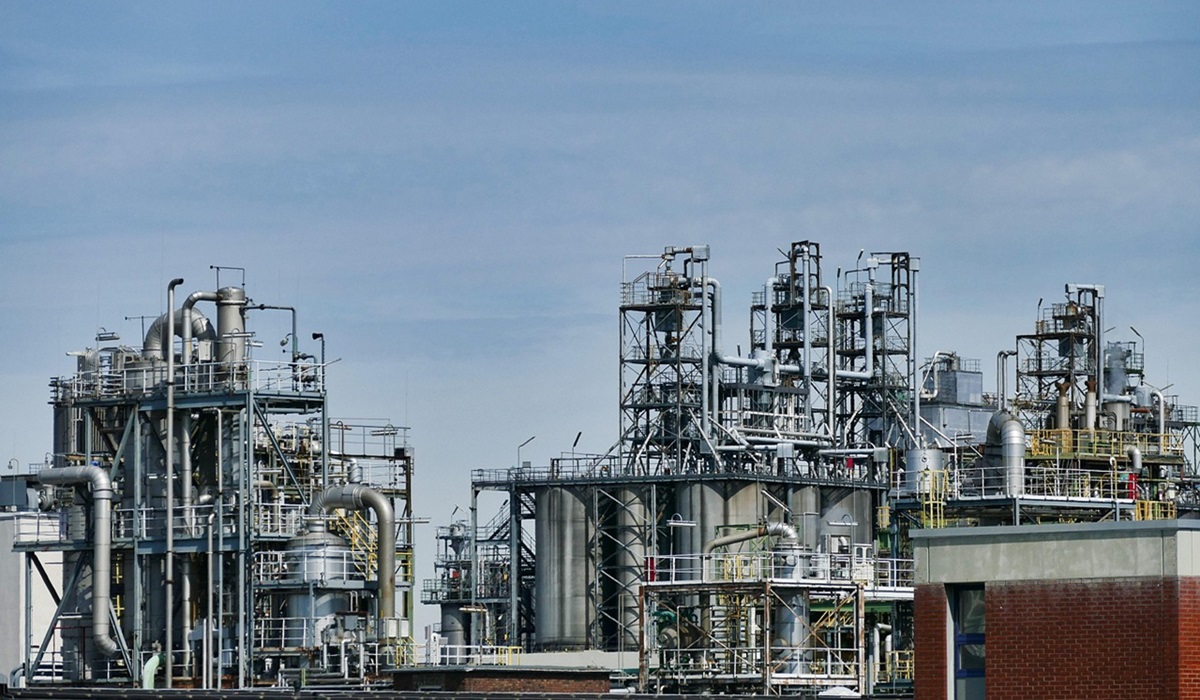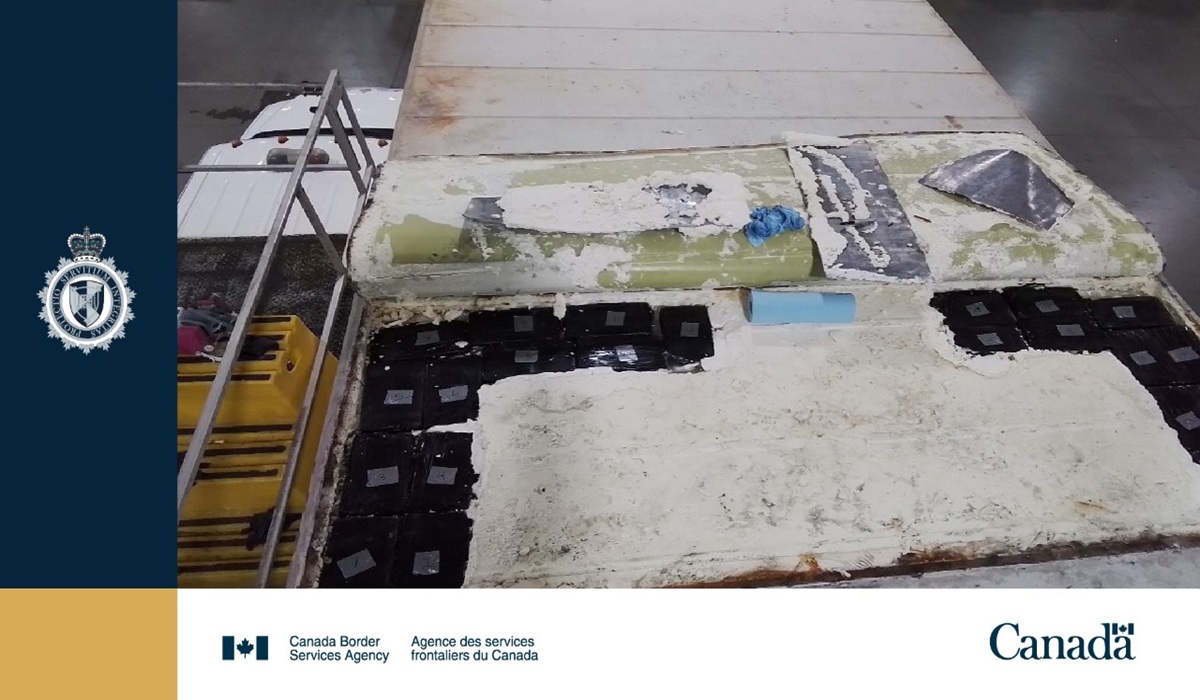Canada’s Major Projects Push: Energy, Politics, and the Alberta Question
- TDS News
- Canada
- September 12, 2025

By: Donovan Martin Sr, Editor in Chief
Image Credit: Talpa
Canada has unveiled a sweeping set of so-called “nation-building” initiatives under its newly empowered Major Projects Office, with projects spanning liquefied natural gas, nuclear reactors, copper mines, and container terminals. On the surface, the announcement signals renewed federal ambition—an attempt to re-establish Canada as a serious player in global energy, infrastructure, and critical supply chains. Beneath the optimism, however, a quieter question lingers: is this a genuine reset in Ottawa’s relationship with Alberta, or simply a limited gesture that stops short of real reconciliation?
The background material accompanying the rollout was heavy on ambition. Canada, it declared, must “think big” and move at speeds “not seen in generations.” Five flagship projects were immediately referred to the Major Projects Office: LNG Canada Phase 2 in Kitimat, the Darlington nuclear expansion in Ontario, an expanded Port of Montreal container terminal, the McIlvenna Bay copper mine in Saskatchewan, and the Red Chris mine expansion in British Columbia.
Taken together, the projects represent tens of billions in investment and thousands of jobs. LNG Canada alone could attract more than $30 billion in private capital and strengthen Canada’s role as a supplier to Asian and European markets. Ontario’s nuclear expansion aims to position Canada as a global leader in next-generation reactors. Montreal’s port expansion would significantly increase container capacity, while Saskatchewan and British Columbia advance their standing in critical minerals—an area of growing geopolitical importance.
What stands out is not just what is included, but what is absent. Alberta, long considered the backbone of Canada’s energy economy, does not appear among the flagship expansion projects. Instead, the province is represented through the Pathways Alliance carbon capture, utilization, and storage initiative—a project projected to contribute billions to GDP and tens of thousands of jobs, but framed primarily as an emissions-reduction effort rather than an engine of growth.
That distinction matters. LNG, nuclear, and mining projects are presented as expansions—investments designed to grow capacity and assert leadership. Pathways, by contrast, is positioned as a mitigation strategy, focused on improving the emissions profile of existing oil sands production rather than enabling new development. The message, whether intentional or not, suggests that Alberta’s role in Canada’s energy future is conditional rather than central.
This dynamic did not emerge overnight. For years, Alberta governments—across political stripes—have argued that federal climate and regulatory frameworks placed disproportionate constraints on the province’s ability to develop its resources. Policies administered through natural resources and climate portfolios were widely viewed in Alberta as blunt instruments that slowed approvals, discouraged investment, and treated oil sands development as a liability rather than a national asset.
Premier Danielle Smith’s approach must be understood in that context. Her emphasis on provincial autonomy and calls for a more assertive Alberta voice did not arise in a vacuum. They reflect long-standing frustration among Albertans who felt their economic contributions were being acknowledged rhetorically but constrained in practice. While her tone has at times been confrontational, it is rooted in a broader demand for inclusion rather than exclusion—an effort to secure a seat at the table rather than accept decisions made elsewhere.
From Ottawa’s perspective, the political incentives are different. The federal government governs without Alberta seats and is under pressure to maintain international credibility on climate commitments. The Major Projects Office appears designed to thread that needle—advancing energy and infrastructure projects that fit within a global clean-transition narrative while avoiding deeper political risk around oil sands expansion.
The result is a compromise that satisfies few fully. Alberta is not ignored outright, but neither is it embraced in the same way as other regions. British Columbia advances LNG and mining. Ontario secures nuclear leadership. Quebec expands its port capacity. Saskatchewan gains critical minerals. Alberta is offered a pathway—important and potentially transformative—but one narrowly defined by emissions reduction rather than economic leadership.
To be clear, carbon capture is not insignificant. If successful, Pathways could position Alberta oil among the lowest-emission barrels globally, preserving market access in a world increasingly shaped by ESG considerations. That outcome would matter not just for Alberta, but for Canada’s fiscal and trade position as a whole. Yet success depends on sustained federal partnership, regulatory clarity, and genuine alignment—conditions that have historically been uneven.
This is where the current announcement feels less like an olive branch and more like a measured offering. The federal government is signaling openness to cooperation, but on carefully controlled terms. It is an acknowledgment of Alberta’s role, without fully restoring the trust eroded by years of stalled pipelines, delayed approvals, and uneven treatment across regions.
Canada may indeed be back in the energy business—but not in a uniform way. Natural gas, nuclear power, and critical minerals are embraced as nation-building pillars. Oil remains part of the equation, but only when reframed through the lens of carbon reduction. That is not a moral judgment so much as a political and strategic calculation.
Whether this moment becomes a turning point depends on what comes next. If future project announcements include meaningful opportunities for Alberta to lead—not just comply—the narrative may shift. If not, the perception will persist that Ottawa is offering participation without partnership.
For now, the message is mixed. Canada is rebuilding its energy ambitions, but the bridge to Alberta remains only partially extended. The coming months will determine whether those initial steps lead to genuine collaboration—or whether the distance between Ottawa and Alberta remains largely unchanged, managed rather than resolved.








